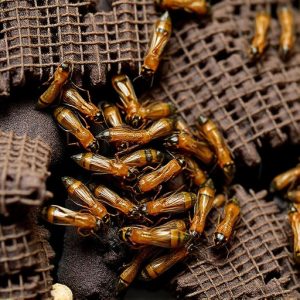In Tucson's favorable climate for termites, effective termite control hinges on understanding their behavior and adapting strategies accordingly. Key measures include preventing entry through sealing gaps, managing moisture and drainage, ensuring ventilation in wooden structures, and conducting regular inspections. Climate conditions, rainfall patterns, and specific termite species' behaviors, such as the Western Subterranean Termite and Formosan Subterranean Termite, dictate prevention tactics. Homeowners should consult professional termite control Tucson services for early detection, preventative treatments like termiticides, and proactive measures to protect their properties from these structural pests.
In Tucson, Arizona, where climate conditions play a pivotal role in pest behavior, understanding termite prevention is paramount for homeowners. This article explores the intricate relationship between local climates and termites, offering insights into effective control strategies. We delve into how temperature and moisture levels influence termite activity, examine the impact of varying rainfall patterns on their behavior, and highlight common termite species found in the region, shedding light on their unique habits. By understanding these factors, Tucson residents can implement robust termite control measures to protect their homes.
- Understanding Termite Behavior in Tucson's Climate
- The Role of Temperature and Moisture
- How Rainfall Patterns Impact Termite Activity
- Common Termite Species in Tucson and Their Habits
- Effective Termite Prevention Strategies for Local Homes
Understanding Termite Behavior in Tucson's Climate
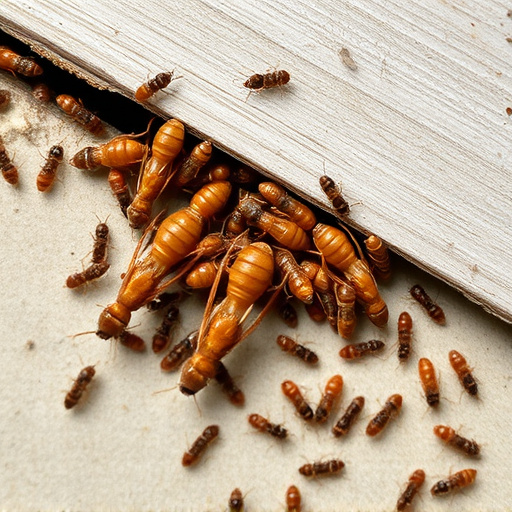
In Tucson, understanding termite behavior is crucial for effective termite control. The region’s unique climate, characterized by warm, dry summers and mild winters, creates a favorable environment for termites. These insects are attracted to moisture and seek out wood sources for nesting, making them particularly active during the monsoon season when humidity rises. Termites are also drawn to the abundant organic material in the area, such as trees, shrubs, and decomposing wood, which provides ideal food sources.
Knowing this behavior allows homeowners and professional termite control services in Tucson to implement preventive measures tailored to the local climate. This includes sealing entry points like cracks and crevices, maintaining proper drainage around the property, and ensuring wooden structures are well-ventilated and less vulnerable to moisture buildup. Regular inspections are also vital to identifying any early signs of termite activity, enabling prompt treatment and mitigating potential damage.
The Role of Temperature and Moisture
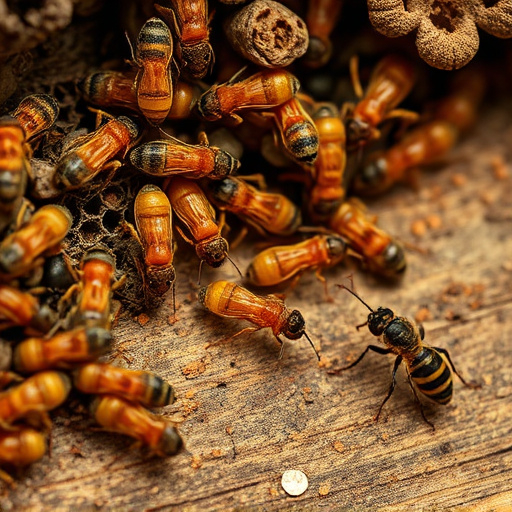
In Tucson, climate plays a pivotal role in termite prevention strategies. Temperature and moisture levels significantly influence termite activity. Termites thrive in warm environments, with optimal conditions typically occurring between 70-90°F. During hotter months, termites are more active, increasing their appetite for wood and structural materials. Moreover, consistent moisture is essential for their survival; they require wet conditions to maintain their colonies’ health.
The combination of high temperatures and adequate humidity makes Tucson’s environment particularly susceptible to termite infestations. This is why effective termite control Tucson relies on understanding and managing these climate factors. Implementing measures like proper drainage, reducing moisture sources around structures, and maintaining adequate ventilation can help deter termites. Additionally, using termiticides or adopting natural barriers that disrupt their breeding cycle is crucial for long-term protection in this climate.
How Rainfall Patterns Impact Termite Activity

In Tucson, rainfall patterns play a significant role in termite activity and, consequently, termite control Tucson services. The region’s distinct dry seasons and monsoon rains create an environment that can either deter or encourage termites, depending on the timing and intensity of precipitation. During the hotter months, when rainfall is scarce, termites often seek moist environments, leading to increased activity around water sources and areas with high humidity. This period requires proactive termite control measures, as dryness can make existing treatments less effective.
Monsoon seasons bring significant changes. Heavy rains can saturate the soil, providing ideal conditions for termites to proliferate. Moisture-rich environments facilitate faster wood degradation, making it easier for termites to establish colonies and expand their food sources. As such, after monsoon storms, homeowners in Tucson should be vigilant about potential termite infestations and consult with professionals to ensure comprehensive termite control and prevention strategies are in place.
Common Termite Species in Tucson and Their Habits
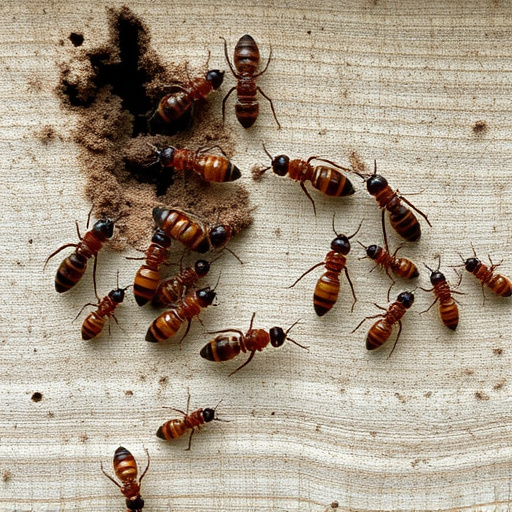
In Tucson, several common termite species exhibit distinct habits that contribute to their prevalence in the region’s climate. The Western Subterranean Termite (Reticulitermas hampsi) is particularly notable for its extensive network of colonies underground, often extending over large areas. This species is well-adapted to Tucson’s warm, dry climate, preferring to forage for food during the cooler evenings and nights. They are attracted to wood in contact with soil, making them a common pest in homes built on or near natural terrain.
Another significant species is the Formosan Subterranean Termite (Coptotermes formosa), known for its aggressive nature and ability to establish large colonies. Unlike their Western counterparts, Formosan termites are less sensitive to temperature variations, allowing them to remain active throughout the year in Tucson’s climate. They tend to target softer woods and can cause significant structural damage if left unchecked. Understanding these species’ behaviors is essential for effective termite control Tucson residents should employ to safeguard their properties.
Effective Termite Prevention Strategies for Local Homes
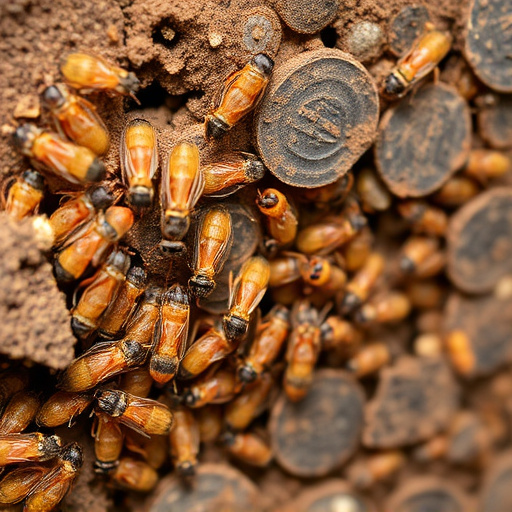
In the warm, arid climate of Tucson, effective termite prevention is crucial for local homeowners to protect their investments. Termites thrive in moist, wooden environments, so maintaining a dry home is key. Regular inspections by professional termite control Tucson experts are essential to identify any signs of infestation early on. These professionals can also apply preventative treatments, such as termiticide barriers and localized applications, to deter termites from targeting your home.
In addition to professional interventions, homeowners can take proactive measures. This includes eliminating moisture sources around the house, fixing leaks promptly, ensuring proper ventilation in attics and crawl spaces, and removing wood contact with soil. Regularly trimming trees and shrubs away from the house and sealing entry points like cracks and gaps in foundations can also significantly reduce the risk of termite intrusion.
In conclusion, understanding how climate influences termite behavior is paramount for effective termite control in Tucson. The region’s specific temperature and moisture levels, coupled with unique rainfall patterns, shape the activity of various termite species. By adopting tailored prevention strategies that address these factors, residents can safeguard their homes from these persistent pests. Implementing measures such as proper drainage, wood treatment, and regular inspections is key to mitigating risks associated with termites in Tucson, ensuring a more secure living environment for all.
